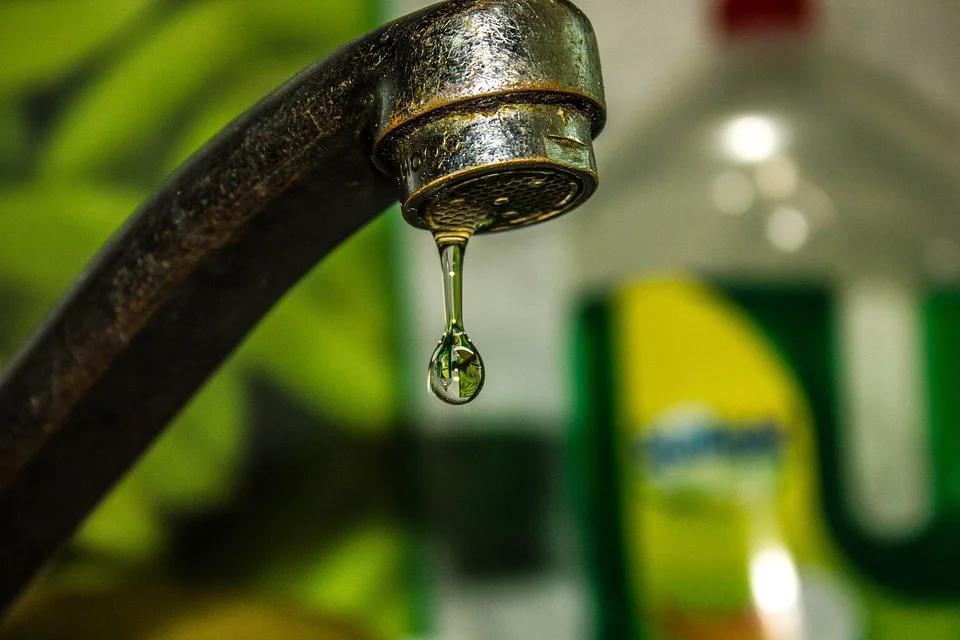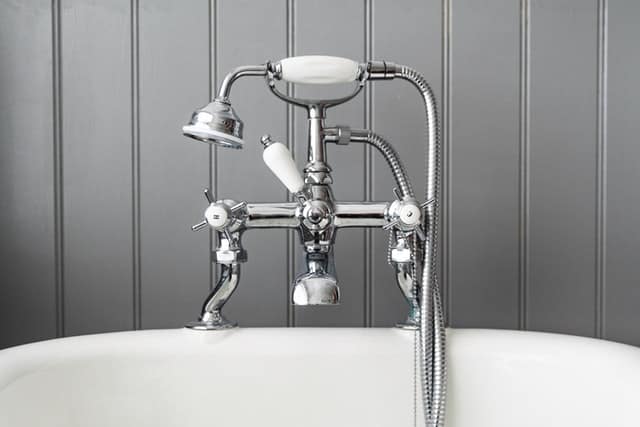Avoid Pipe Bursts in Cold Weather: 5 Effective Winterizing Hacks
Avoid Pipe Bursts in Cold Weather: 5 Effective Winterizing Hacks
Blog Article
Each person maintains their own thinking in relation to How to Prevent Frozen Pipes.

All home owners that live in warm climates have to do their finest to winterize their pipes. Failing to do so can mean calamity like icy, broken, or burst pipelines.
Try a Hair Clothes Dryer or Heat Weapon
When your pipes are virtually freezing, your reliable hair dryer or warm weapon is a godsend. Bowling warm air straight into them may assist if the warm towels do not assist dislodge any kind of working out ice in your pipelines. Do not use other items that produce direct flames like a blow lantern. This can lead to a larger calamity that you can not manage. You may end up harmful your pipes while trying to thaw the ice. And over time, you might even wind up burning your home. So be cautious!
Open Up Closet Doors Hiding Plumbing
When it's cool outside, it would certainly be practical to open closet doors that are masking your pipelines. Doing this small technique can keep your pipes cozy and also limit the potentially unsafe results of freezing temperatures.
Take Some Time to Cover Exposed Water Lines
One simple and awesome hack to warm up cold pipes is to cover them with warm towels. You can cover them initially with towels. After protecting them in place, you can pour boiling water on the towels. Do it slowly to let the towels soak up the fluid. You can likewise utilize pre-soaked towels in hot water, simply don't forget to put on safety handwear covers to protect your hands from the heat.
Switch on the Faucets
When the temperature level decreases and also it appears as if the freezing temperature level will last, it will certainly assist to switch on your water both inside your home and also outdoors. This will certainly keep the water moving through your plumbing systems. Additionally, the motion will slow down the freezing process. Especially, there's no requirement to turn it on full blast. You'll end up losing gallons of water this way. Rather, go for concerning 5 declines per min.
When Pipelines are Frozen, shut Off Water
If you notice that your pipes are entirely icy or almost nearing that stage, turn off the main water shutoff quickly. You will normally discover this in your cellar or laundry room near the heating unit or the front wall closest to the street. Turn it off immediately to avoid additional damages.
With even more water, even more ice will pile up, which will ultimately lead to burst pipes. If you are not sure about the state of your pipelines this winter season, it is best to call an expert plumber for an assessment.
All home owners that live in pleasant climates have to do their ideal to winterize their pipes. Failure to do so can spell calamity like icy, fractured, or burst pipelines. If the warm towels do not help remove any type of clearing up ice in your pipelines, bowling hot air straight right into them might assist. Turn off the major water valve immediately if you observe that your pipes are totally frozen or almost nearing that phase. With even more water, more ice will certainly stack up, which will eventually lead to burst pipelines.
PREVENT YOUR PIPES FROM FREEZING THIS WINTER
A Leading Cause of Property Damage
When the weather is taking a deep nose dive into the cold dreary days, the risk of your pipes freezing and potentially bursting skyrockets. Unfortunately, during these cold dreary months, burst pipes are the most common denominator for property damage. The pipes that are most at the risk are those that are in areas where it is most cold in your home. For instance, pipes located in interior places such as basements, attics, and your garage. Unfortunately, that doesn’t mean that the pipes running through your cabinets or exterior walls can’t freeze. Good news, however, is that you can do things to help prevent pipes from freezing.
How to Prevent Pipes From Freezing
Once the temperature starts to drop during the winter, you should be taking the proper measures needed to ensure that your pipes stay warm and that there is circulation of water through them. Some steps that experts may recommend could go against your better judgement when it comes to saving water and heat. However, it would go without saying that when expenses are compared, damaged pipes could put a bigger dent in your wallet than a water bill.
What Can I Do?
Keep your garage door closed. This is very important, especially if you have water supply lines running through your garage. Open your kitchen and bathroom cabinets to allow warm air to circulate through them. Allow air circulation throughout your home. Keeping the interior doors open will once again allow the warm air to circulate inside your home. Ensure your thermostat is running the same temperature throughout the night and day. If you plan to be away from home during the cold months, set your temperature no lower than 55° F. This should provide enough heat to keep the pipes warm and prevent any remaining water inside the pipes from freezing. For more of a long-term solution, add insulation to attics, basement, and other crawl spaces around your home. By allowing your faucet to drip, it will alleviate pressure in the system. This is important because the pressure that is created between the blockage and the faucet can potentially cause the pipes to burst. Allowing the faucet to drip will prevent the pressure from building up, therefore keeping the pipes from bursting. Seal any cracks, openings, and crawl spaces around your home to prevent cold air from coming inside. This keeps your pipes-not to mention your home-warmer and less susceptible to issues caused by freezing temperatures. For the pipes in your home that are easily accessible, applying electrical tape to them might prevent them from freezing over. This is a quick fix, as you can apply the tape directly to the pipe. There are two options for heating tapes. One turns on and off by itself when it senses heat is needed. The other type of heating tape needs to be applied when heat is needed and removed when not necessary. If you have exposed pipes in your home, you can check this website to take a look at a few options that would be available at a shop near you.

Do you enjoy reading about How to Prevent Frozen Pipes? Make feedback down the page. We would be delighted to hear your opinion about this blog post. In hopes that you come back again before long. Sharing is nice. Helping others is fun. We appreciate reading our article about Prevent Freezing and Bursting Pipes.
Visit Homepage Report this page